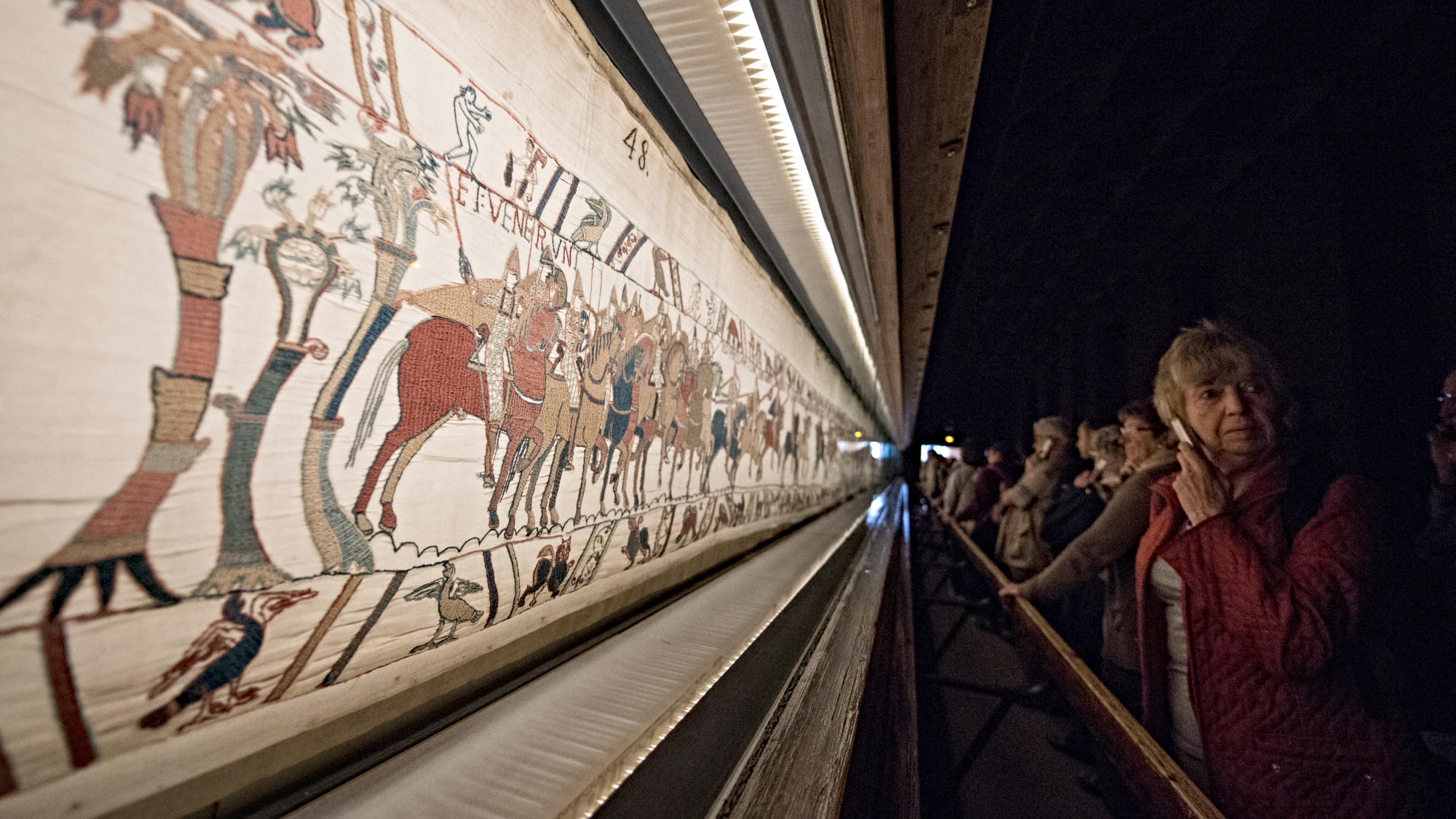Abortion: Can it be a work of art?
Aliza Shvarts may be the most controversial artist in America right now, said Karen Arenson in The New York Times. That
Aliza Shvarts may be the most controversial artist in America right now, said Karen Arenson in The New York Times. That’s not bad for a Yale University senior whose most notorious artwork has never even been seen by the public. Shvarts recently sparked a national uproar when she claimed that for her senior thesis she had repeatedly impregnated herself with donated sperm, induced abortions with herbs, and then displayed on plastic sheeting the bloody remains of her aborted embryos. After “a frenzy of horrified reaction,” Yale announced that Shvarts had never actually been pregnant. But Shvarts coyly refused to confirm or deny Yale’s statement, saying the bloody issue she planned to display could have been either her normal menstrual blood or the result of induced miscarriages. In response, Yale pulled her project from this week’s senior art exhibit.
Whether Shvarts really impregnated herself or not is irrelevant, said Rod Dreher in Beliefnet.com. “The idea that this sort of thing is even conceivable, at one of the nation’s elite universities, shows how far the culture of death has come.” By even pretending to kill several unborn babies, Shvarts has exceeded the amoral self-involvement common on elite college campuses. She’s become “a monster.” If Shvarts is a monster, said Michael Lewis in The Wall Street Journal, it’s Yale that made her one. Art students used to learn the fundamentals of figure drawing and representation. Today’s postmodern liberal schools teach that art should be “free of all traditional constraints.” When they leave campus and enter the real world, students usually grow out of their “immaturity, self-importance, and a certain confused ignorance.” Colleges and the cloistered academics who run them, sadly, never do.
Whatever you think of her methods, Shvarts was trying to make a point, said Meghan Daum in the Los Angeles Times. Her message was that an oppressive society exerts power over a woman by how it defines the blood and tissue that flow from her womb. “In a sense,” she wrote, “the act of conception occurs when the viewer assigns the term ‘miscarriage’ or ‘period’ to that blood.” But by grossing everyone out and then hiding behind “art-speak,’’ Shvarts failed to start a national conversation about linguistic patriarchy. Instead, her art got both pro-lifers and pro-choicers talking about … Aliza Shvarts. No surprise there. The true topic of her project was “a subject that never fails to draw rapt attention: fame.”
The Week
Escape your echo chamber. Get the facts behind the news, plus analysis from multiple perspectives.

Sign up for The Week's Free Newsletters
From our morning news briefing to a weekly Good News Newsletter, get the best of The Week delivered directly to your inbox.
From our morning news briefing to a weekly Good News Newsletter, get the best of The Week delivered directly to your inbox.
A free daily email with the biggest news stories of the day – and the best features from TheWeek.com
-
 The best art exhibitions to book in 2026
The best art exhibitions to book in 2026The Week Recommends Our pick of the shows to see across the UK, from epoch-defining embroidery to fresh looks at under-appreciated artists
-
 What is the Donroe Doctrine?
What is the Donroe Doctrine?The Explainer Donald Trump has taken a 19th century US foreign policy and turbocharged it
-
 Could a part-and-part mortgage help you on to the property ladder?
Could a part-and-part mortgage help you on to the property ladder?Combining repayment and interest-only mortgages could become more popular as part of a push towards more flexible lending